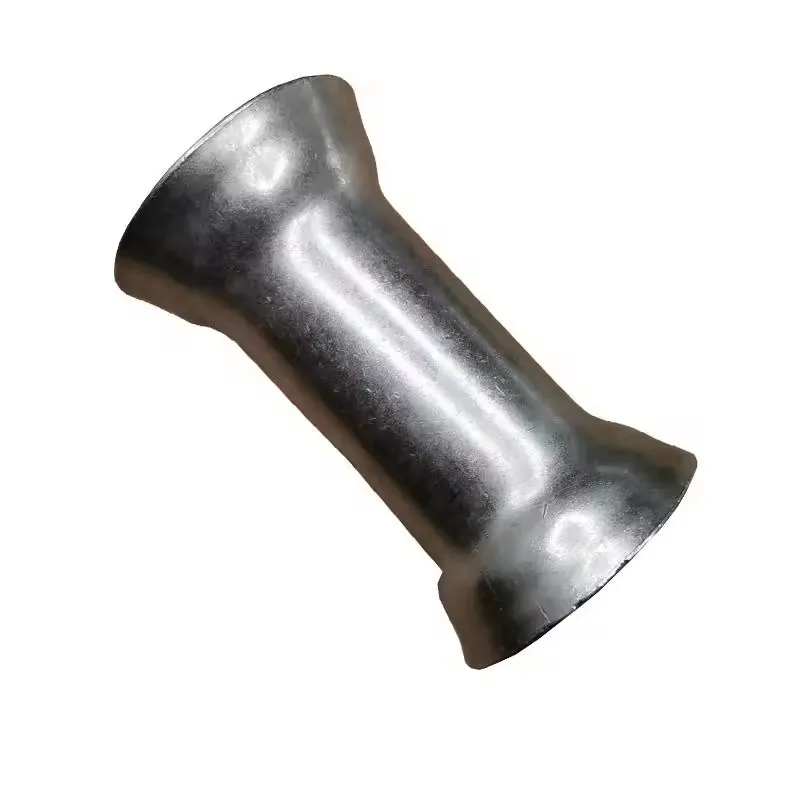
-
 Afrikaans
Afrikaans -
 Albanian
Albanian -
 Amharic
Amharic -
 Arabic
Arabic -
 Armenian
Armenian -
 Azerbaijani
Azerbaijani -
 Basque
Basque -
 Belarusian
Belarusian -
 Bengali
Bengali -
 Bosnian
Bosnian -
 Bulgarian
Bulgarian -
 Catalan
Catalan -
 Cebuano
Cebuano -
 Corsican
Corsican -
 Croatian
Croatian -
 Czech
Czech -
 Danish
Danish -
 Dutch
Dutch -
 English
English -
 Esperanto
Esperanto -
 Estonian
Estonian -
 Finnish
Finnish -
 French
French -
 Frisian
Frisian -
 Galician
Galician -
 Georgian
Georgian -
 German
German -
 Greek
Greek -
 Gujarati
Gujarati -
 Haitian Creole
Haitian Creole -
 hausa
hausa -
 hawaiian
hawaiian -
 Hebrew
Hebrew -
 Hindi
Hindi -
 Miao
Miao -
 Hungarian
Hungarian -
 Icelandic
Icelandic -
 igbo
igbo -
 Indonesian
Indonesian -
 irish
irish -
 Italian
Italian -
 Japanese
Japanese -
 Javanese
Javanese -
 Kannada
Kannada -
 kazakh
kazakh -
 Khmer
Khmer -
 Rwandese
Rwandese -
 Korean
Korean -
 Kurdish
Kurdish -
 Kyrgyz
Kyrgyz -
 Lao
Lao -
 Latin
Latin -
 Latvian
Latvian -
 Lithuanian
Lithuanian -
 Luxembourgish
Luxembourgish -
 Macedonian
Macedonian -
 Malgashi
Malgashi -
 Malay
Malay -
 Malayalam
Malayalam -
 Maltese
Maltese -
 Maori
Maori -
 Marathi
Marathi -
 Mongolian
Mongolian -
 Myanmar
Myanmar -
 Nepali
Nepali -
 Norwegian
Norwegian -
 Norwegian
Norwegian -
 Occitan
Occitan -
 Pashto
Pashto -
 Persian
Persian -
 Polish
Polish -
 Portuguese
Portuguese -
 Punjabi
Punjabi -
 Romanian
Romanian -
 Russian
Russian -
 Samoan
Samoan -
 Scottish Gaelic
Scottish Gaelic -
 Serbian
Serbian -
 Sesotho
Sesotho -
 Shona
Shona -
 Sindhi
Sindhi -
 Sinhala
Sinhala -
 Slovak
Slovak -
 Slovenian
Slovenian -
 Somali
Somali -
 Spanish
Spanish -
 Sundanese
Sundanese -
 Swahili
Swahili -
 Swedish
Swedish -
 Tagalog
Tagalog -
 Tajik
Tajik -
 Tamil
Tamil -
 Tatar
Tatar -
 Telugu
Telugu -
 Thai
Thai -
 Turkish
Turkish -
 Turkmen
Turkmen -
 Ukrainian
Ukrainian -
 Urdu
Urdu -
 Uighur
Uighur -
 Uzbek
Uzbek -
 Vietnamese
Vietnamese -
 Welsh
Welsh -
 Bantu
Bantu -
 Yiddish
Yiddish -
 Yoruba
Yoruba -
 Zulu
Zulu


ოქტ . 11, 2024 16:58 Back to list
pulling wire with fish tape
Pulling Wire with Fish Tape A Step-by-Step Guide
When it comes to electrical installations or home improvements, pulling wire is a task that many DIY enthusiasts and professionals alike encounter. One of the most efficient tools for this job is fish tape. This handy device helps you navigate wires through walls, ceilings, and conduits, making the process much smoother. In this article, we’ll dive into the technique of pulling wire with fish tape, providing you with a comprehensive guide to tackle your next project successfully.
Understanding Fish Tape
Fish tape, also known as a wire puller, is a long, flexible strip of metal or fiberglass that can easily navigate through tight spaces. It comes in various lengths, usually ranging from 25 feet to over 100 feet, with a flat design that allows it to bend and twist with ease. The end of the fish tape often has a small hook or loop to attach the wire securely.
Preparation is Key
Before you start pulling wire, prepare your workspace. First, ensure that you have all the materials you need fish tape, the wire you intend to pull, and any additional tools, such as wire cutters and pliers. If you're working in a wall, it’s crucial to know the exact path your wire needs to take, so mark the entry and exit points.
Step 1 Insert the Fish Tape
Begin by feeding the fish tape into the conduit or wall cavity from your starting point. Push it through until you feel resistance, which typically indicates that you've reached the termination point. If you're dealing with longer runs, it may take a bit of finesse to navigate around bends.
Step 2 Attach the Wire
pulling wire with fish tape

Once the fish tape is at the exit point, it’s time to attach your wire. Strip a small section of the wire's insulation, and use the hook or loop at the end of the fish tape to secure it. Make sure the connection is tight to prevent the wire from slipping off during the pulling process.
Step 3 Pull the Wire
With everything secured, it’s time to pull the wire through. Slowly and steadily begin to retract the fish tape. Use a smooth motion to avoid snagging. It’s beneficial to have a partner on the other end to help guide the wire as it comes through, ensuring that it doesn’t twist or get stuck.
Step 4 Ensure Proper Placement
As you pull the wire through, make sure it’s seated correctly in any existing conduit or pathways. This is crucial for both functionality and safety. If you feel any resistance, pause and investigate to avoid damaging the wire.
Step 5 Final Checks
After successfully pulling the wire, take a moment to check both ends to ensure everything is properly connected. Secure any loose cables and make sure they are away from potential hazards.
Conclusion
Pulling wire with fish tape is a straightforward process that can save you time and effort on your electrical projects. By following these steps, you can ensure a smooth installation process. Remember, the key is preparation, patience, and a little practice. Whether you're wiring a new light fixture or setting up an entire system, mastering this technique will make your life much easier. Happy wiring!
Latest news
The Unique Design of Cable Socks
NewsJun.04,2025
Swivel Connectors in Industrial Automation
NewsJun.04,2025
Safety Features of Link Sticks
NewsJun.04,2025
How to choose the best cable pulling winch for sale
NewsJun.04,2025
Fish tape safety precautions
NewsJun.04,2025
Essential Maintenance Tips for Cable Pulling Tools
NewsJun.04,2025











